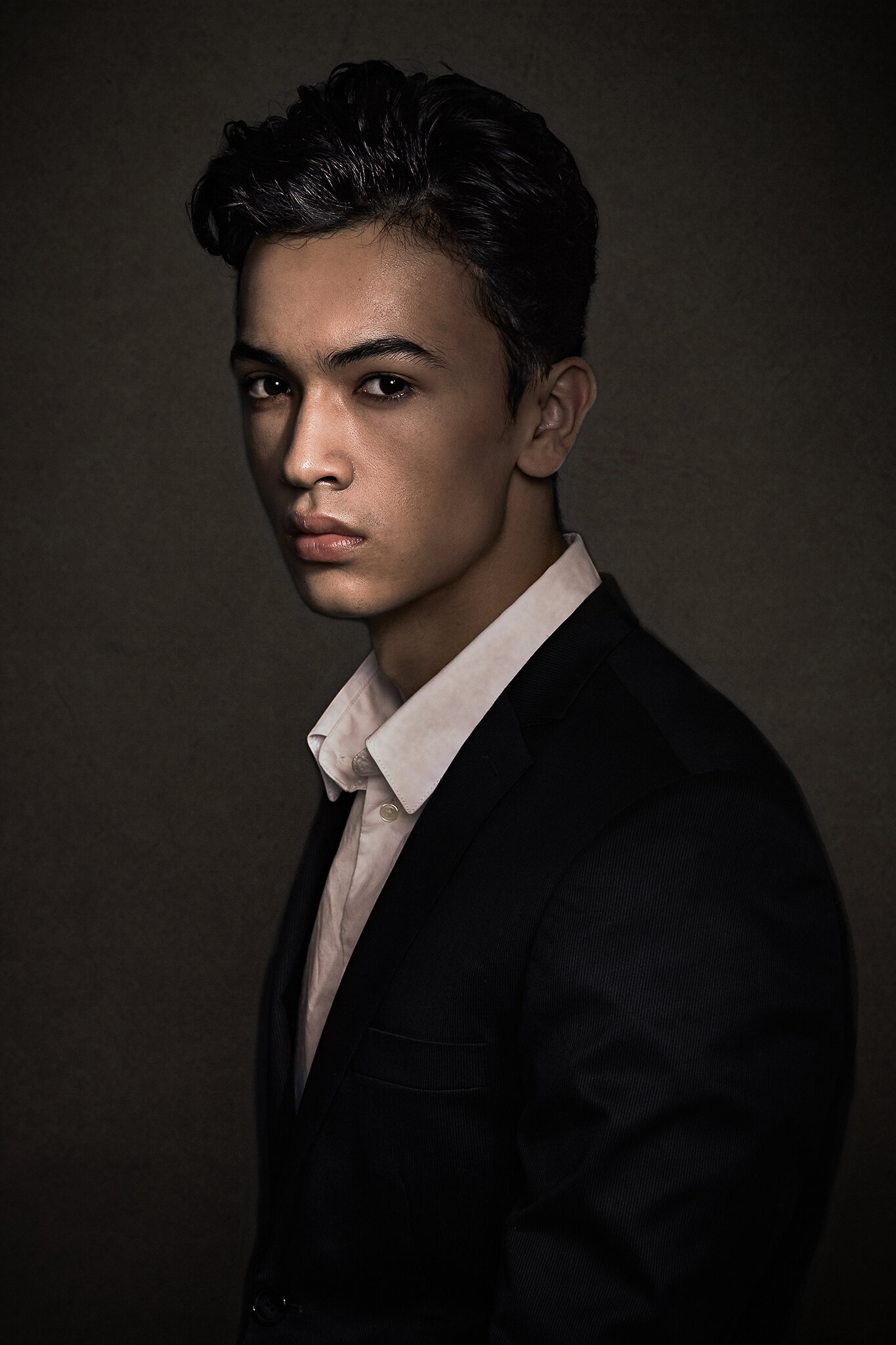I get this question a lot so I thought I would compile my answers into a quick 3 min read for easy reference. A good photographer can do wonders for your portrait but it’s equally important that he/she has great source material to work with - and that starts with you!
If you find yourself lost on where to start, here are a few pointers:
1. Grooming
- Tidy up any excess facial hair (nose, ears, eyebrows, moustache, etc).
- Hydrate your skin. Apply some face moisturiser the night before to soften the skin.
- For men, go for a haircut a few days to a week before the shoot. Ask your hairdresser for a trim instead of cut. Let him/her know that this is for a photoshoot. Typically, they’ll trim it to a length that’s perfectly presentable.
- For ladies, arrive in basic professional makeup. Whatever you would wear to work is usually a good gauge. Leave your hair untied so that we have the option of tying it up for a second look.
- If you want a more polished look, I can help you hire a hair and makeup artist.
Terrance, DWF Law (Previously)
2. Attire
- Wear something that makes you feel comfortable and confident. This goes a long way in creating the right mood for the shoot.
- Make sure your attire is well-fitted. A well-fitted attire enhances your silhouette. For that reason, I typically advise against borrowing blazers from friends or colleagues for shoots. It’s best for the blazer to be tailored but if you’re on a budget, buying it off-the-rack can work too if you shop at the right places. Feel free to ask me if you need recommendations :)
- Patterns: Try to avoid stripes as it results in moire. Solids work the best. However, if you feel that patterns are essential to how you would express yourself, bring it up with your photographer.
- Colours: There’s really no hard rule on this but typically I find monochromatic colours (black, white, grey, blue) works with the widest range of backgrounds.
- Accessories: Portrait photographers love an accessory which tells a story. If you’re comfortable, bring along something which you feel represents you. It could be a pair of earrings, a book or a fedora. Existing body art like tattoos are great too, if shown in the right context.
Dione Song, CEO, Love Bonito
3. Mood
- Have plenty of rest the night before. You will look more energetic and ready to engage during the session.
- Arrive slightly early so you’re in a calm mood. You could also use that extra time to touch up your grooming or attire.
- If you feel it would make you more comfortable, feel free to ask your photographer if you could bring a close friend/family member with you.
- Be ready to go with the flow :) Most likely your photographer already has a way of bringing out the best expressions out of you. Be in the moment and let him/her bring out the best in you.
Chef Christopher Kong, Dearborn
I hope this gives a clear overview on how to prep for a portrait shoot! If you need more tips or are unsure about anything, feel free to discuss it with me. Additional tips are welcome too; Just write them in the comments!
Till next week!
- Matt








